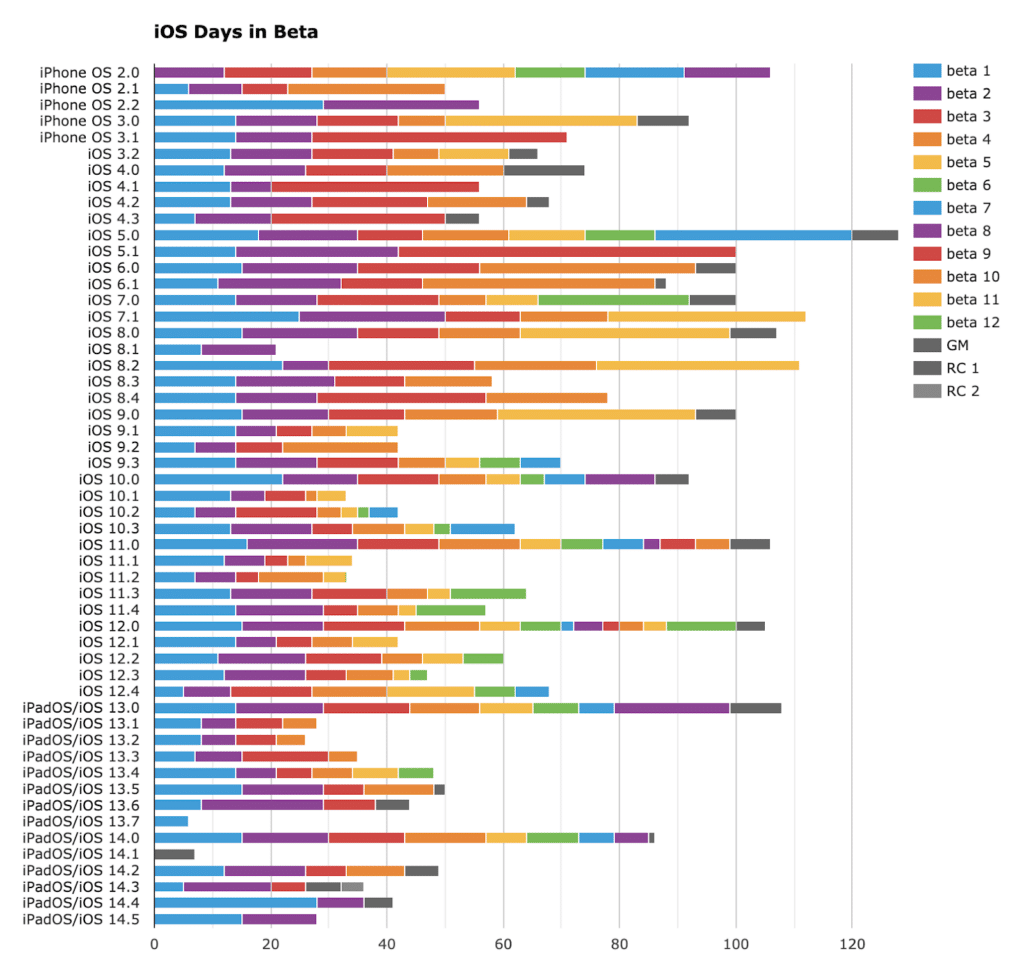“I know iOS 14 is supposed to create a mess, and things would probably be BETTER if our team makes some updates…but it’s just another technical change. Those happen all the time, and nothing ever really breaks. It’s OK to wait and see.”
This time, that’s unfortunately just not true. iOS 14.5 is expected any day now, and it’s hard to overstate the magnitude of what’s coming: if you run mobile ad campaigns and haven’t taken some basic steps before it gets here, your mobile marketing stack is about to blow up.

This won’t be a case of needing to reconfigure a few tracking links or adjust bidding strategy to get things working again. In the worst-case scenario, this will be explaining to your executive team why all iOS performance marketing campaigns suddenly had to be frozen for a month.
Let’s back up for a moment: at the end of January, Apple finally clarified their intentions around the App Tracking Transparency policy: device-level ad tracking on iOS now requires user consent, and without that consent the only alternative is Apple’s SKAdNetwork (SKAN).
Apple also indicated that enforcement was coming in iOS 14.5.
We’re now within the release window for this update, and every signal indicates that the mobile ecosystem is still catastrophically underprepared:
- To date, only a few dozen ad networks have even begun the process of end-to-end campaign testing with SKAdNetwork. Without this, they remain completely reliant on traditional methods of attribution, which iOS 14.5 is about to make virtually impossible.
- The situation is no better amongst advertisers: according to Branch’s internal data, the vast majority have not yet completed the steps needed to leverage SKAdNetwork. This means they’re still planning to rely on device-level attribution, but our data shows most do not have a plan to present the necessary consent-gathering tool (Apple’s App Tracking Transparency framework) in their apps.
In other words: without the ability to use SKAdNetwork and without the ability to gain user consent for tracking, most apps will be completely unable to track ad-driven installs after iOS 14.5 goes live.
From one perspective, the current situation is understandable: Apple’s brave new world of attribution is a nightmare for performance marketers, so there is no incentive whatsoever to move there a day earlier than absolutely necessary. Mix in Apple’s ambiguous early guidance and eleventh-hour implementation delay last September, and it’s even easier to justify a false sense of security.
However, the industry is now down to the wire. The last and final lifeboat is about to launch, and those who miss it are likely in for a very unpleasant experience over the next few months. The timing is especially painful, given it is likely to coincide with increasing consumer spending as COVID restrictions are eased worldwide and economic stimulus checks start to arrive in the US.
What happens next
Here is how this will play out:
At some point within the next month, Apple will release the public version of iOS 14.5. We don’t know for sure what the date will be, but most iOS point-version updates have a beta cycle of between 4-6 beta releases, over 30-50 days. We’re already 28 days into this one:
This means we can almost certainly expect iOS 14.5 in March — it could be the first week, or it could be the end of the month. Perhaps even early April on the outside, but it is coming, and another delay in policy implementation by Apple is unlikely now: they have publicly committed in numerous places to implementing this change in iOS 14.5.
Our historical data shows that iOS users tend to install new point releases quickly, which means we can expect to see broad adoption within the first few weeks. This may even be accelerated, since popular media is already publishing guides on how to enable the new iOS 14.5 tracking prevention features.
Bottom line: unless you know for sure that you’ve already taken care of this, a really unpleasant surprise is just around the corner.
What should you do?
So if you want to avoid this disruption, what should you do right now? Here are our three recommendations:
- Ensure SKAdNetwork (SKAN) implementation. SKAdNetwork is Apple’s attribution framework, facilitating ad measurement without device-level data. SKAdNetwork integration instructions are available here.
- Decide whether to show the App Tracking Transparency prompt, and integrate it if you decide to do so. If you want to continue receiving device-level ad attribution data (even though it will be partial in future), your users will need to opt in via the new ATT permissions prompt. Technical implementation steps are available here. We have also published a blog post with implementation best practices to optimize your opt-in rate.
- Reach out to your network partners to run SKAN campaign tests as soon as possible. For a list of ad networks that have completed SKAN setup, click here.
If you want to avoid disruption, take care of this today. Go talk to your engineering team about items 1 and 2. Send emails to your ad partners about item 3 (if they don’t know where to start, send them here). If you work with Branch, get in touch with your contact and let us help.
And if you know already there’s no chance you’ll be able to finish preparing in time, read our iOS 14.5 survival guide where we walk you through how to stay afloat while you figure out what to do next.


